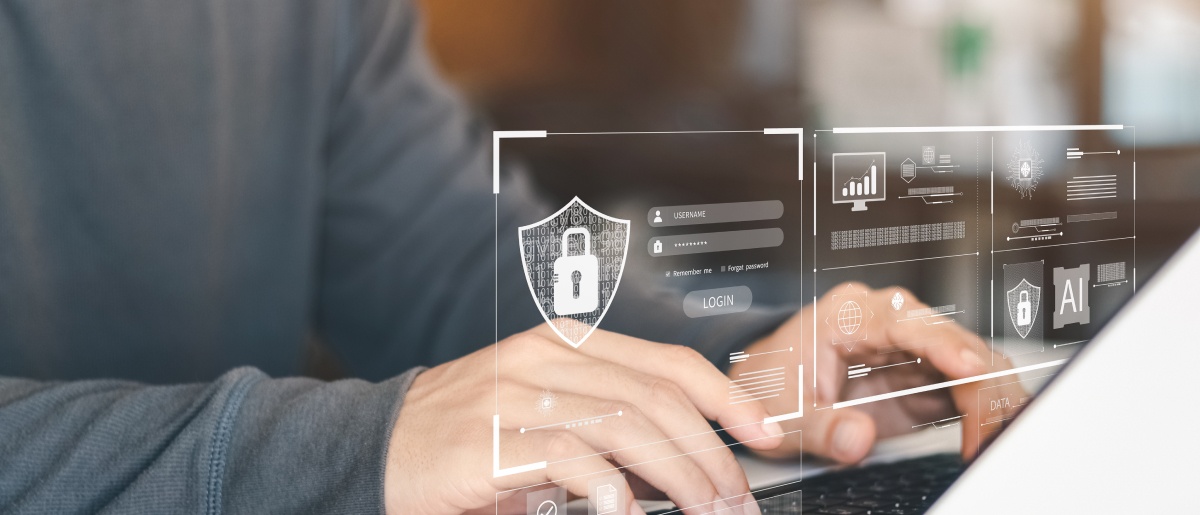Flagship UI/UX services for Cybersecurity
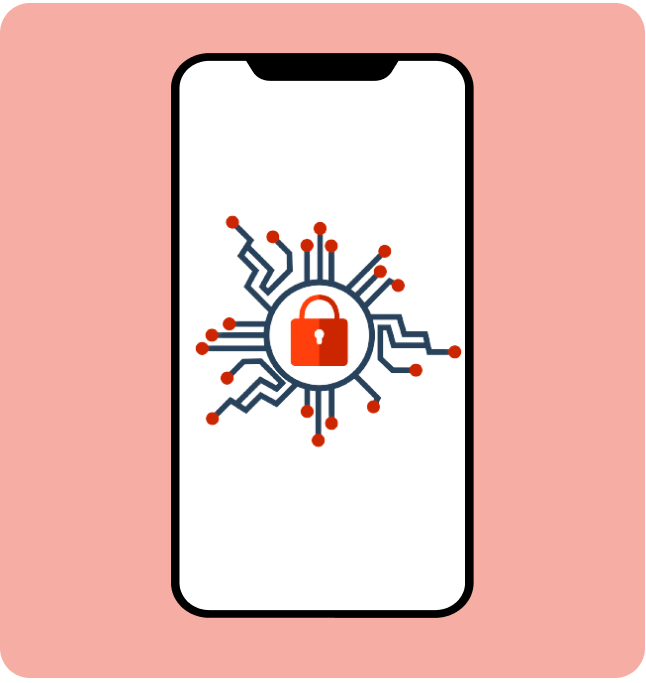
Increased productivity
The most effective way to maintain a secure environment is by ensuring user productivity and a seamless experience. UI/UX in security helps with both. By creating intuitive interfaces and secure engagement environments, there is no lag in the experience of users, helping them realize better productivity.
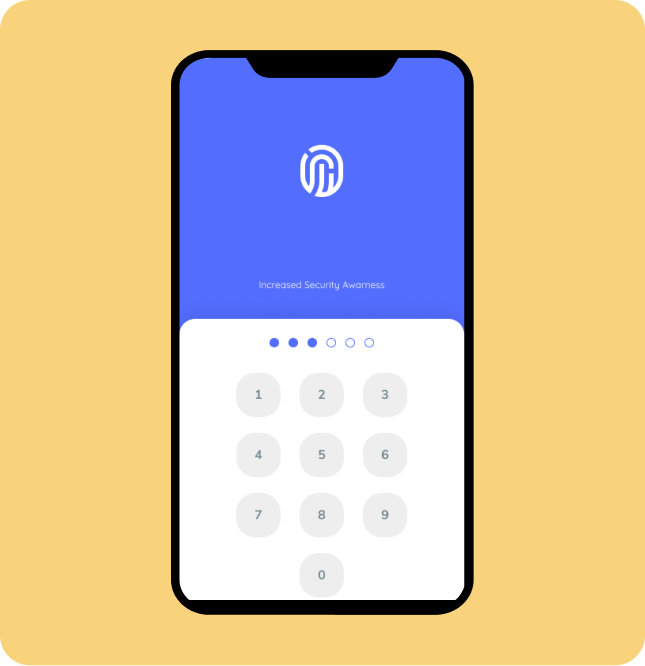
Increased security awareness
UX designers utilize human intuition to its maximum to make users aware of useful security protocols such as two-factor authentication and password complexity, to ensure better account security. This makes users more aware of the best security practices, making them better equipped to deal with security threats.
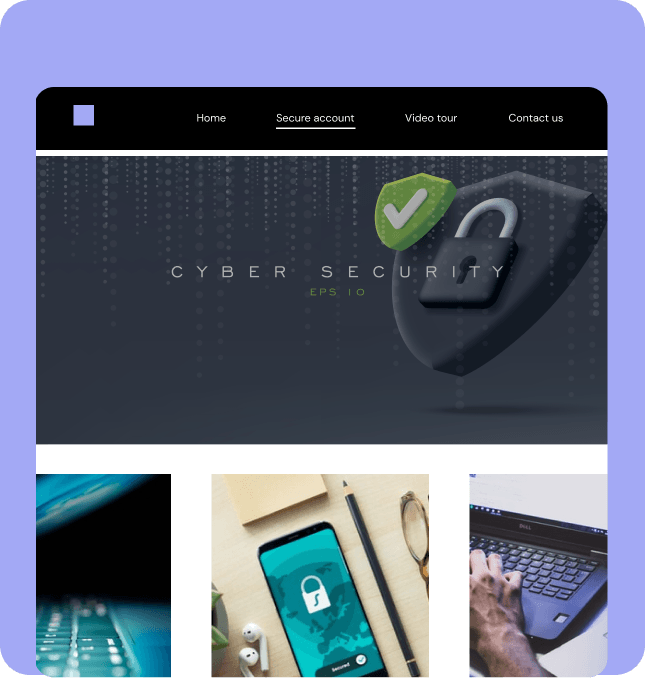
Prevention of unauthorized user access
When key elements of security are integrated right into the UI and UX, end-users can quickly and easily identify and report security breaches. This means enhanced user experience as well as better protection against unauthorized access to accounts and data.

Increased trust
Users often make decisions based on their experience. If they find an application that is both secure and intuitive, they are more likely to trust it than one that is difficult to navigate. When users know what to expect and where to look, they will engage more often and get the most benefits out of the digital solution.
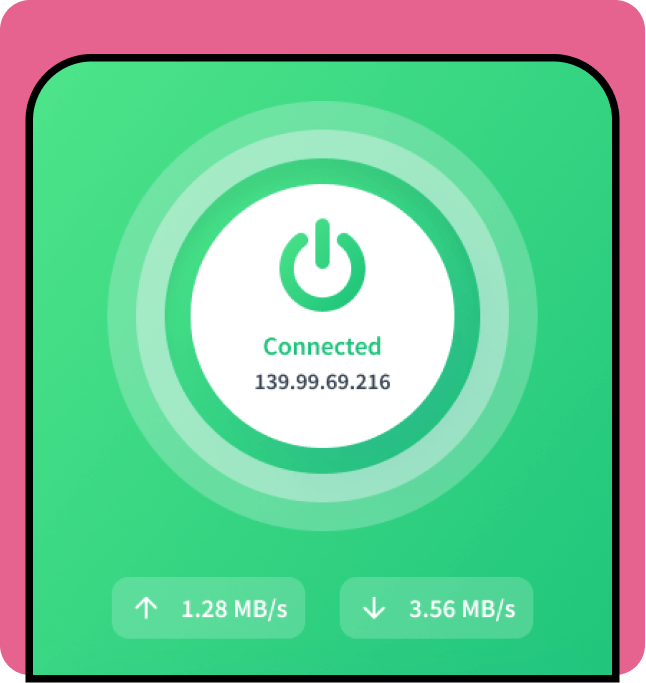
Better Uptime
Better application security directly translates into better uptime of your solution, as security breaches are likely to cause downtimes, thus increasing the cost of operation. Downtimes can seriously hamper the user experience and impact the benefits that users can avail themselves of.
Importance of State of Design in Cybersecurity for Improved Business Outcomes
Design is not just about making applications pretty. It is a vital driver of the entire digital experience, from simple interactions to complex processes that help businesses reach their goals and realize many benefits:

When a product or service is both simple to use and secure, it builds trust among users. They will have more faith in the app or website, leading to increased brand loyalty and higher conversions. After all, security is a universal problem that has to be addressed with common-sense measures. For users to trust your solution, you must give them a secure and intuitive digital experience that fulfils their needs.

It is easier to build the security into the product during an earlier stage of design, rather than integrate it into the design system after the product has been released. This saves both time and money reducing testing times and troubleshooting issues later on in the product lifecycle.

Customers are more likely to remain loyal if they get the most out of your app or website. If they know that you are taking all requisite security measures to deliver them the best possible UX, you are bound to inspire loyalty through better satisfaction.

It is simple human psychology at work here. When users experience better security and a more intuitive engagement process, they are more likely to respect the brand. This boosts their willingness to transact with you, leading to increased sales volumes.

Security compliance is a critical requirement in many industries, especially financial services. When you integrate security standards into the design process, it is easier to comply with the regulatory framework in the long run. This ensures a smoother workflow and reduced timelines along with all-around product quality.
Our UI/UX Services for Enhanced Cybersecurity
Wireframe Design
Cross-platform Design
Infrastructure Security Design
Microinteractions
Seamless Integration of Security Components
Better Navigation and Transparency
Designing Secure Password Recovery Flow, Call-to-action
2-factor Authentication, TouchID, FaceID, Voice Detection
Predictability of a Process (Eg: Progress Bar)
UI/UX Trends in Cybersecurity
Based on the current trends in UI and UX, we can expect to see a few changes in the cybersecurity sphere:

Metaverse
With Facebook changing its name to Meta, it is clear that virtual experiences will rule the future. $10 billion has already been invested into the space and 10,000+ jobs are set to be created in the next 5 years. The Metaverse is set to bring a new set of Cybersecurity challenges that designers and business leaders need to focus on right now. One-size-fits-all will no longer be relevant with users craving for personalized and immersive virtual experiences that conveniently enhance their digital interactions.

Hybridized Environments
UI/UX will be the focal point once again with the advent of Hybridized Environments - an amalgamation of digital and physical user experiences. As the digital world becomes smarter, we can expect even more physical-digital hybridization to take place in the coming years. The challenge here will be to securely tie other emerging technologies with Hybridized Environments to create the most personalized user experience.

Distributed Ledgers
Even after being an integral part of our lives, Telecom organizations often suffer from stiff cost-led competition. So DLTs or Distributed Ledgers come as a breath of fresh air as they remove intermediaries and reduce the friction between various processes. DLTs are also helping Telecoms foray into the field of financial services and diversify their offerings, significantly impacting the end-user experience.

Decentralized Applications (DApps)
These are massive data processing systems that run on a decentralized peer-to-peer network. They are a direct byproduct of Blockchain technology. As the biggest Cybersecurity trend today, the Dapp market is expected to reach USD 368.25 Billion by 2027 at a CAGR of 56.1%. The speed and efficiency with which Dapps are adopted will depend on how efficiently they are able to drive user experiences.
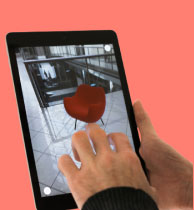
Augmented Reality, AI&ML
As Augmented Reality increasingly becomes a usual part of UI, Artificial Intelligence and Machine Learning are increasingly impacting the UX. By experimenting with these technologies and creating new solutions, organizations will be able to provide their users with personalized digital experiences. They will have to focus on creating seamless, transparent, and secure solutions so that the best UX can be achieved without any security lapses.
The art of balancing UI/UX with application security is a challenging one.
A great user experience is one that does not interfere with the requisite security measures while also catering to all user needs. And successful user interfaces must transmit the 'feeling' of security to the users throughout their digital experiences. This is a difficult challenge, but one that must be met.

In the digital age, users expect instant gratification and streamlined experiences.
If they are not able to complete their goals, quickly and easily, they will abandon your product for one that can. The result will be the same if users feel unsafe while using your product.
The global Cybersecurity market stood at USD 217.9 Billion in 2021 and will grow to USD 345.4 Billion by 2026.
This represents how integral security has become with digital experiences today, from simple online purchases to social media experiences.
Thus, no app or website can afford security to be compromised in any way, and it falls on UI and UX designers to create a product that is not only intuitive but also secure.

